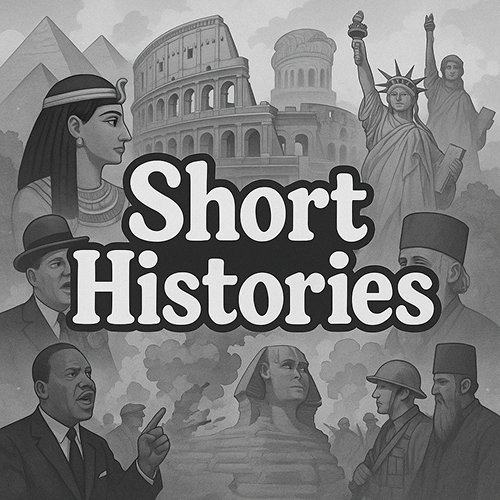A Kingdom Etched in Sand and Stone
The Queen of Sheba returned home as more than a ruler, she was a legend in the making. Her kingdom thrived, a jewel of commerce between Africa and Arabia.
The temples of Marib, with their towering pillars and intricate moon god carvings, stood as a testament to her reign. The incense routes buzzed with life, carrying whispers of her wisdom from Ethiopia to India.
And yet, like all earthly empires, Sheba's golden age faded with time. Trade shifted. Dynasties rose and fell. Sand covered roads where merchants once walked.
But her story? It refused to disappear.
Legends in Scrolls and Scriptures
The Queen of Sheba found her place in three of the world’s great religions (Abrahamics).
In the Bible’s 1 Kings and Chronicles, she is the foreign monarch who tested Solomon’s wisdom.
In the Qur’an, she is known as Bilqis, a ruler humbled by the prophet-king.
In Ethiopian tradition, she becomes the matriarch of a dynasty, bearing Solomon’s son, Menelik I, who would later rule Axum and bring the Ark of the Covenant to Ethiopia or so the legends say.
Whether queen, student, or mother of a new empire, her influence stretched far beyond the borders of her sandy homeland.
A Legacy Beyond Gold
Sheba's legacy lived on in the culture and architecture of southern Arabia and Ethiopia. Her story inspired queens for centuries, rulers like Makeda of Ethiopia and modern female leaders who saw in her a model of intelligence, grace, and power. In Ethiopia, the ruins of Yeha and Axum, the obelisks, and ancient temples whisper of a queen whose vision stretched across continents.
And in Yemen, the crumbling walls of the Mahram Bilqis still stand under the Arabian sun, silent witnesses to a reign that shaped nations.
Echoes in the Modern World
Today, the Queen of Sheba remains a symbol of female leadership in a male-dominated history. She is spoken of in poetry, referenced in films and novels, and her name graces perfumes, cafes, and royal titles.
But perhaps her greatest legacy is this: That wisdom and power, when guided by curiosity and courage, can bridge worlds.
She crossed deserts not to conquer, but to connect. She sought answers, not tribute and through that, she earned a place in history that no sands of time could erase.
Her Story Continues
The desert winds still tell her tale at night, across the dunes of Arabia and the highlands of Ethiopia.
A queen whose story is stitched into the fabric of three continents, countless generations, and the hearts of those who dare to lead.
Next Time: Attila the Hun Part One — Rise of the Scourge of God
From the vast steppes of Central Asia, a warlord rose who would terrify the mighty Roman Empire. His name was Attila. His wrath would burn across Europe like wildfire and like one never witnessed before but that's till next time.
Please go back to top & scroll gently

